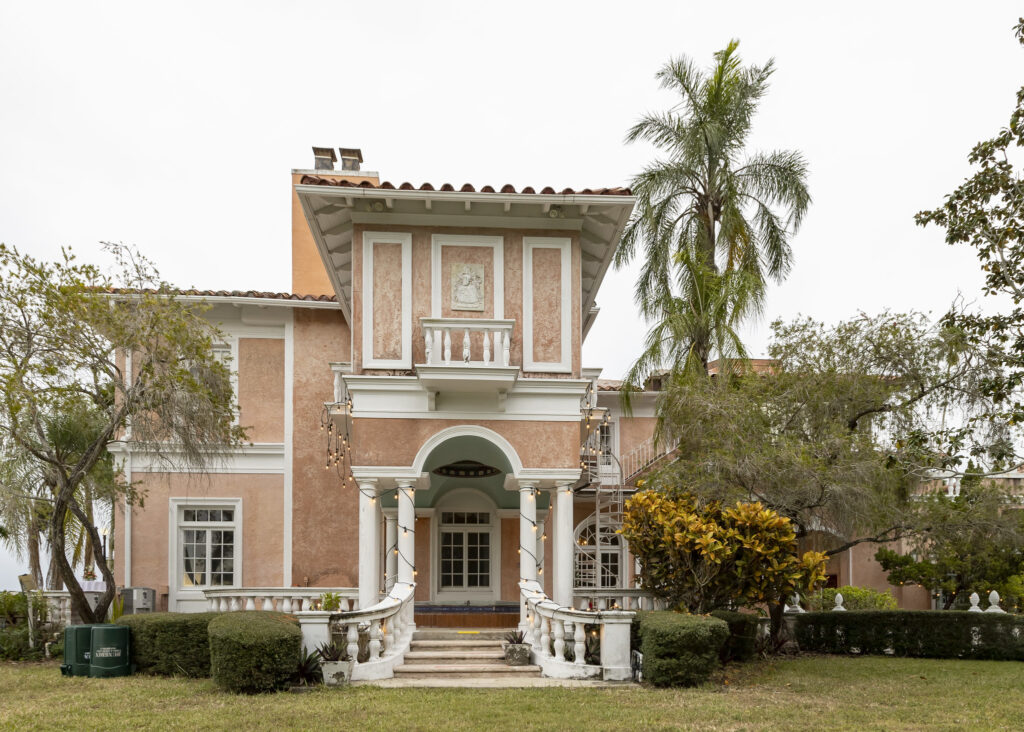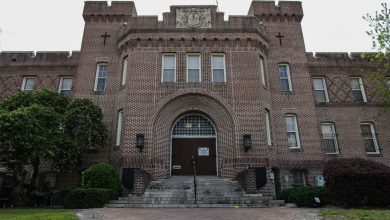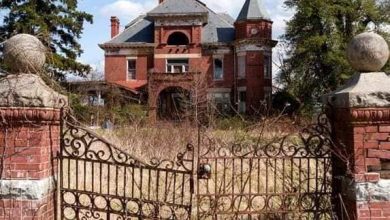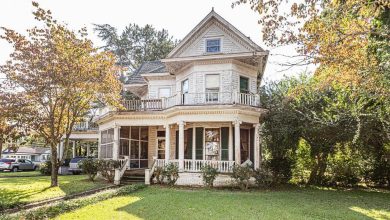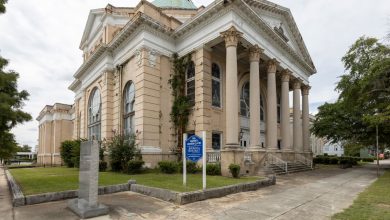Kellogg’s Abandoned Mansion
The Rise and Fall of Kellogg’s Mansion
In the heart of Dunedin, Florida, nestled amidst the palms, once stood a grand testament to opulence and history—the Kellogg Mansion. Erected in 1925, this sprawling Mediterranean-style estate was more than just a home; it was a symbol of wealth, luxury, and the American dream. But like many relics of the past, its fate was not one of preservation, but of demolition.
Origins of Grandeur: From Frischkorn to Kellogg
The story of the Kellogg Mansion begins with Edward Frischkorn, a prominent Detroit businessman, who envisioned a haven of grandeur amidst the Florida landscape.
Over several years, he meticulously crafted this architectural marvel, setting the standard for luxury homes in Dunedin during the 1920s boom. However, the tides of fortune shifted, and the mansion fell into the hands of Austin Seitz, only to face the harsh realities of foreclosure during the Great Depression.
In 1934, fate intervened as the renowned founder of Kellogg’s cereal empire, W.K. Kellogg, acquired the mansion. For a brief period, the corridors echoed with the footsteps of a titan of industry, as Kellogg sought solace and respite within its walls.
A Brief Interlude: Marines and Memories
With Kellogg’s benevolence, the mansion found new purpose as the U.S. Marine Corps established its presence on the estate during World War II. The once tranquil abode became a hub of activity, serving as quarters for nonmarried Marine officers amidst the backdrop of global conflict. Yet, beyond the echoes of boots and military drills, the mansion held tales of Kellogg’s disdain and eccentricities, a juxtaposition of luxury and whimsy.
The Legacy Continues: Matthew’s Stewardship
As the years passed, the mansion exchanged hands, each owner leaving their mark upon its storied walls. Bill Matthew, a newspaper broker with a penchant for extravagance, embarked on a journey to restore and enhance the mansion’s splendor.
From mosaic tiles to commissioned murals, he transformed the estate into a masterpiece of artistry and indulgence, a testament to his devotion to its preservation.
The Architectural Marvel
Kellogg’s mansion stands as a testament to Mediterranean Revival architecture, boasting intricate details and grandeur reminiscent of a bygone era. From its Moorish arches to its marble columns, every corner of the mansion exudes elegance and charm.
A Glimpse Into the Past
Stepping inside the mansion is like stepping back in time. Each room tells a story, from the vibrant living room reminiscent of a French chateau to the dramatic dining room adorned with hand-painted flourishes. Despite its grandeur, the mansion retains a sense of warmth and intimacy.
The Legacy of W.K. Kellogg
While Kellogg’s tenure at the mansion was brief, his influence on its design and history is undeniable. From the master bedroom adorned with cherry wood sourced from Thomas Jefferson’s estate to the luxurious hot tub in the master bathroom,
Kellogg’s vision for the estate remains etched in its walls.
Demolition and Disintegration: The End of an Era
Despite efforts to safeguard its heritage, the Kellogg Mansion faced an inevitable demise. In 2003, it changed hands once more, falling under the ownership of James Nielsen, whose widow ultimately sealed its fate. After languishing on the market for years, the mansion was sold for demolition, marking the end of a century-long saga.
Black mold, asbestos, and structural issues plagued its once majestic halls, rendering preservation an insurmountable task.
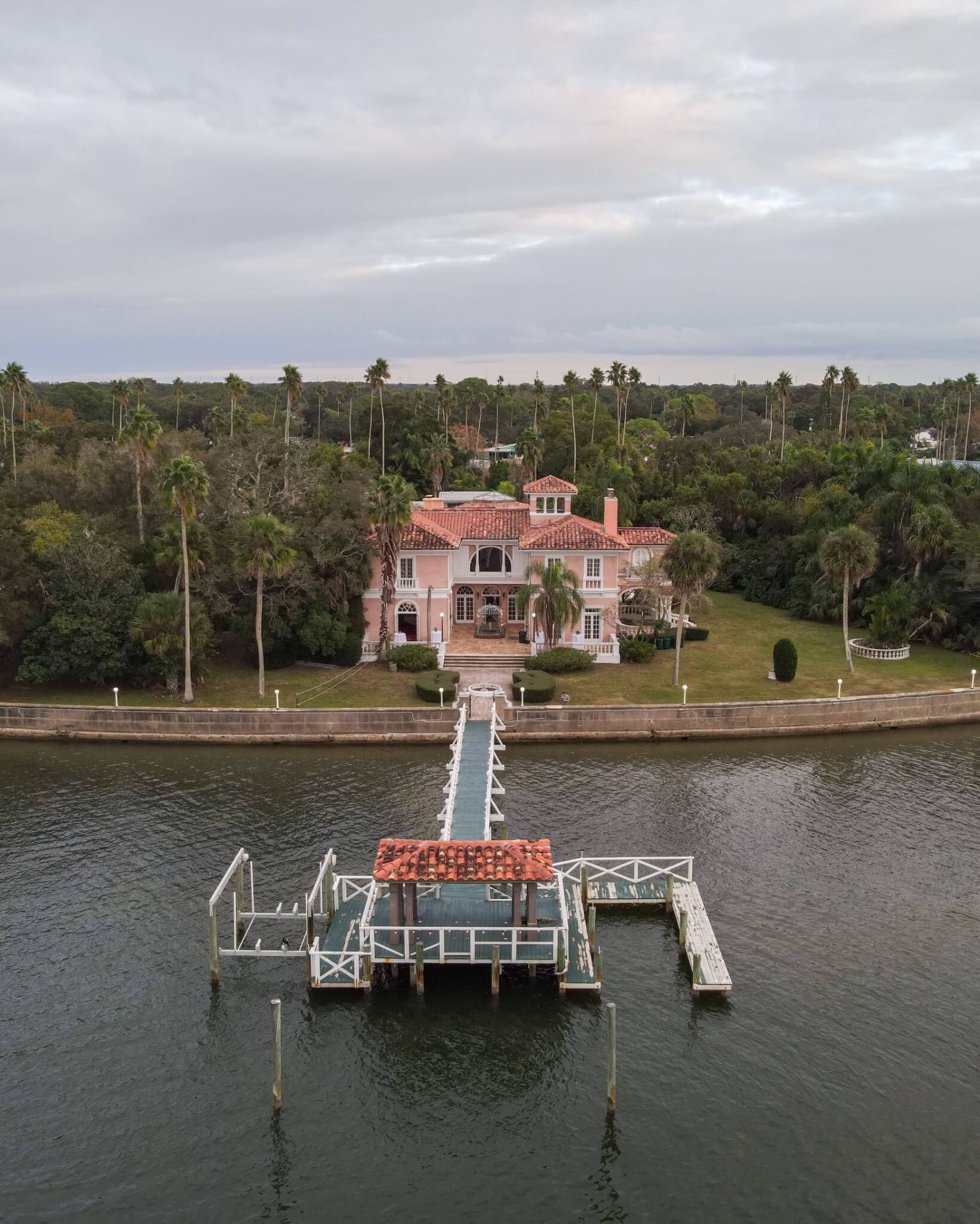
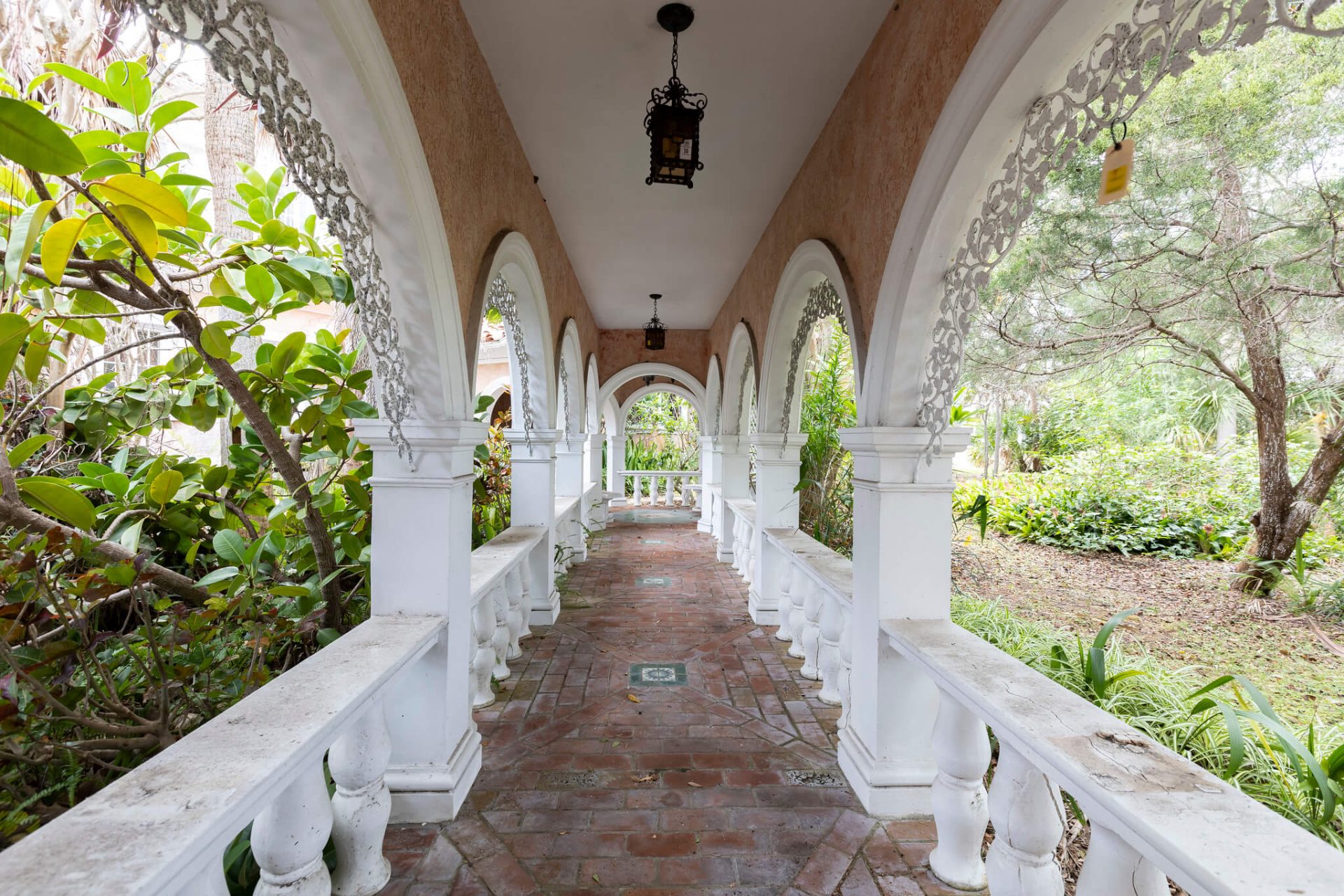
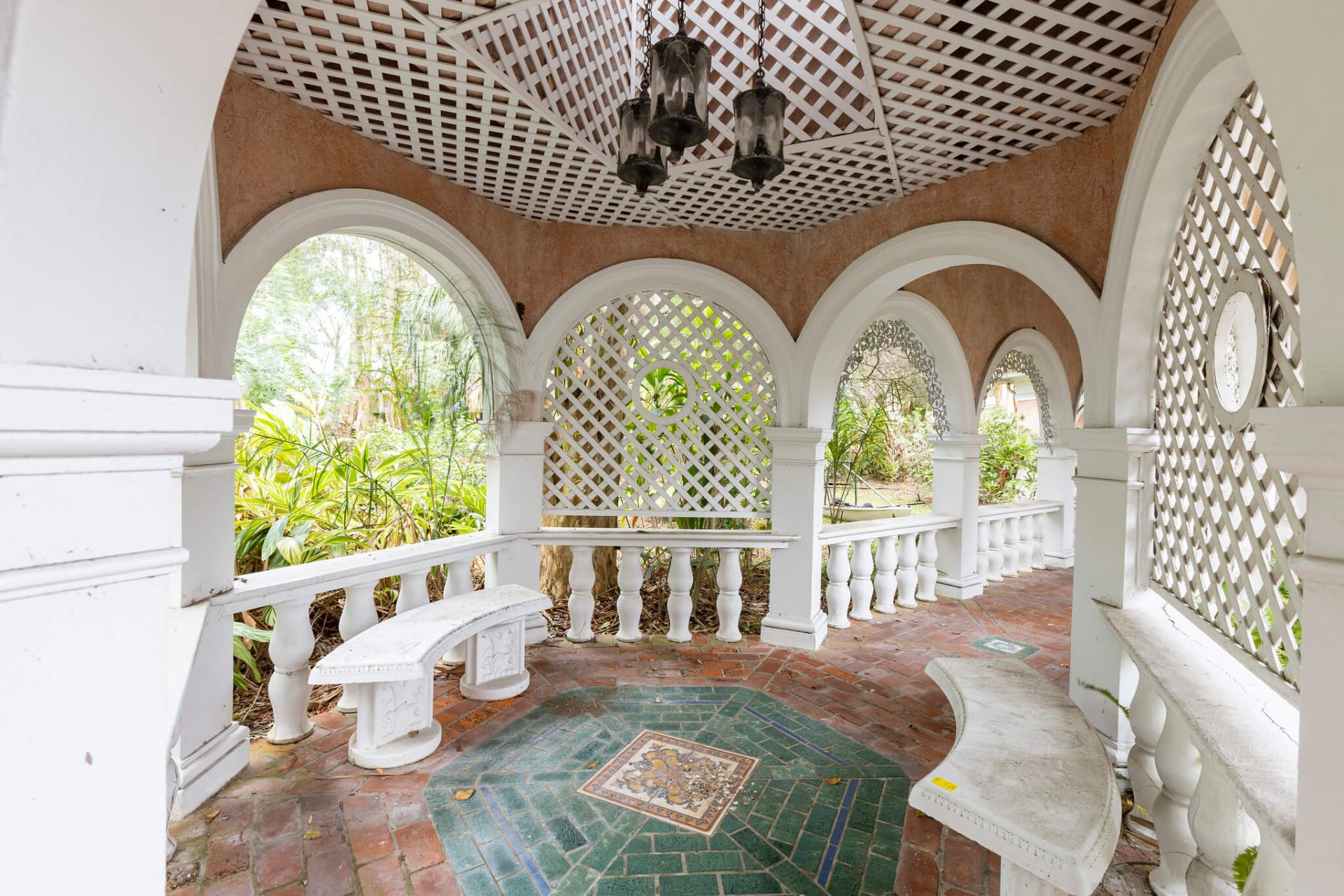

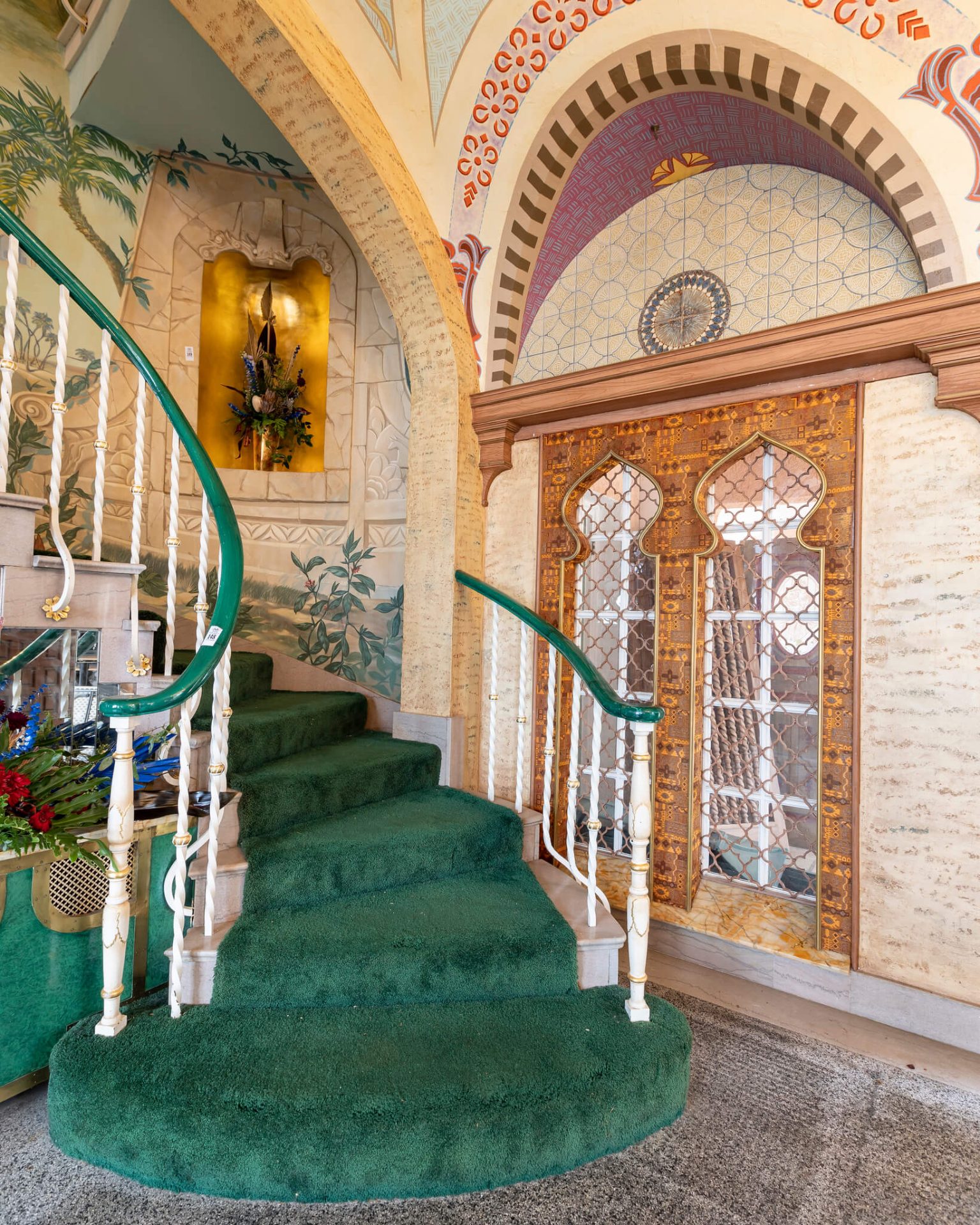
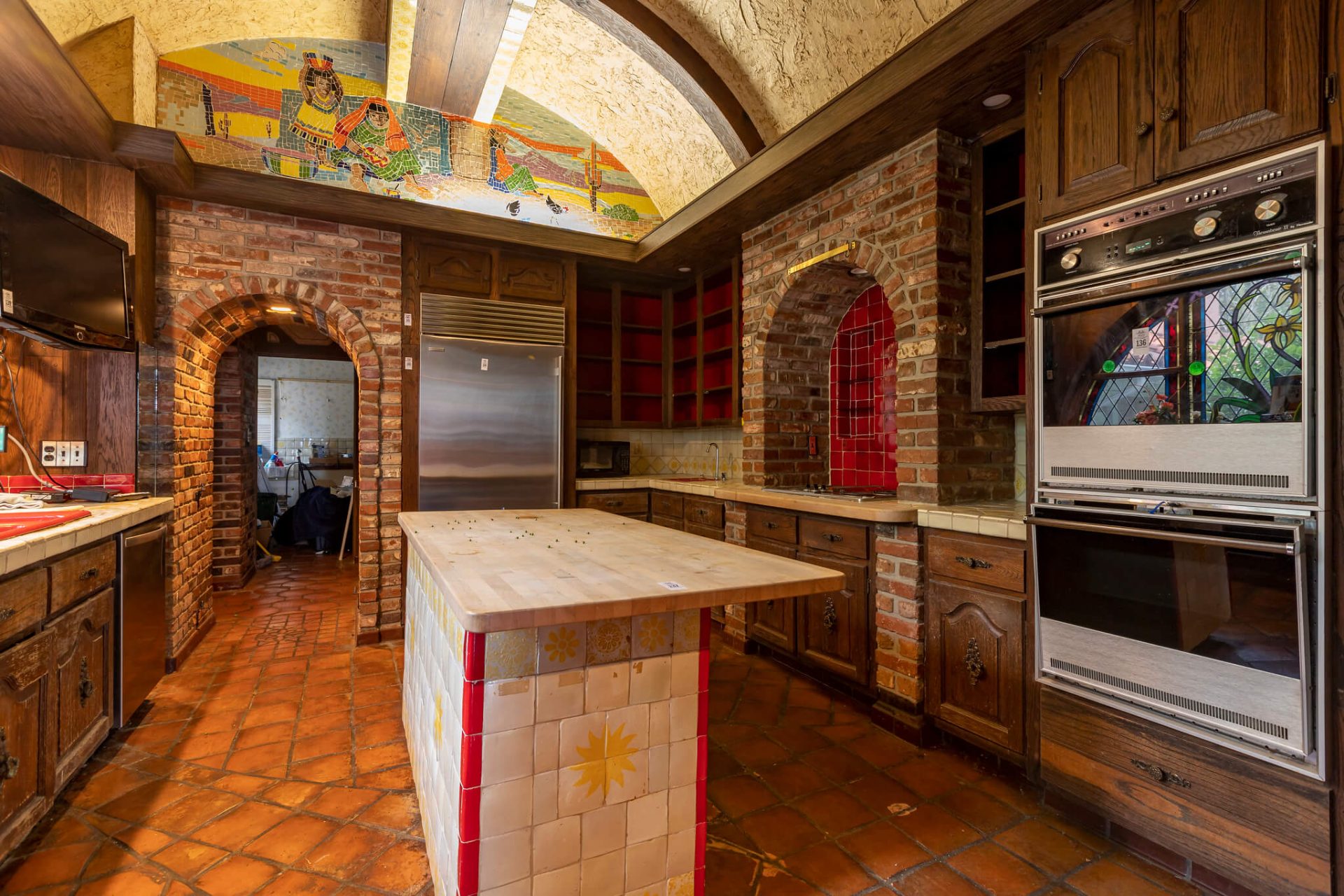
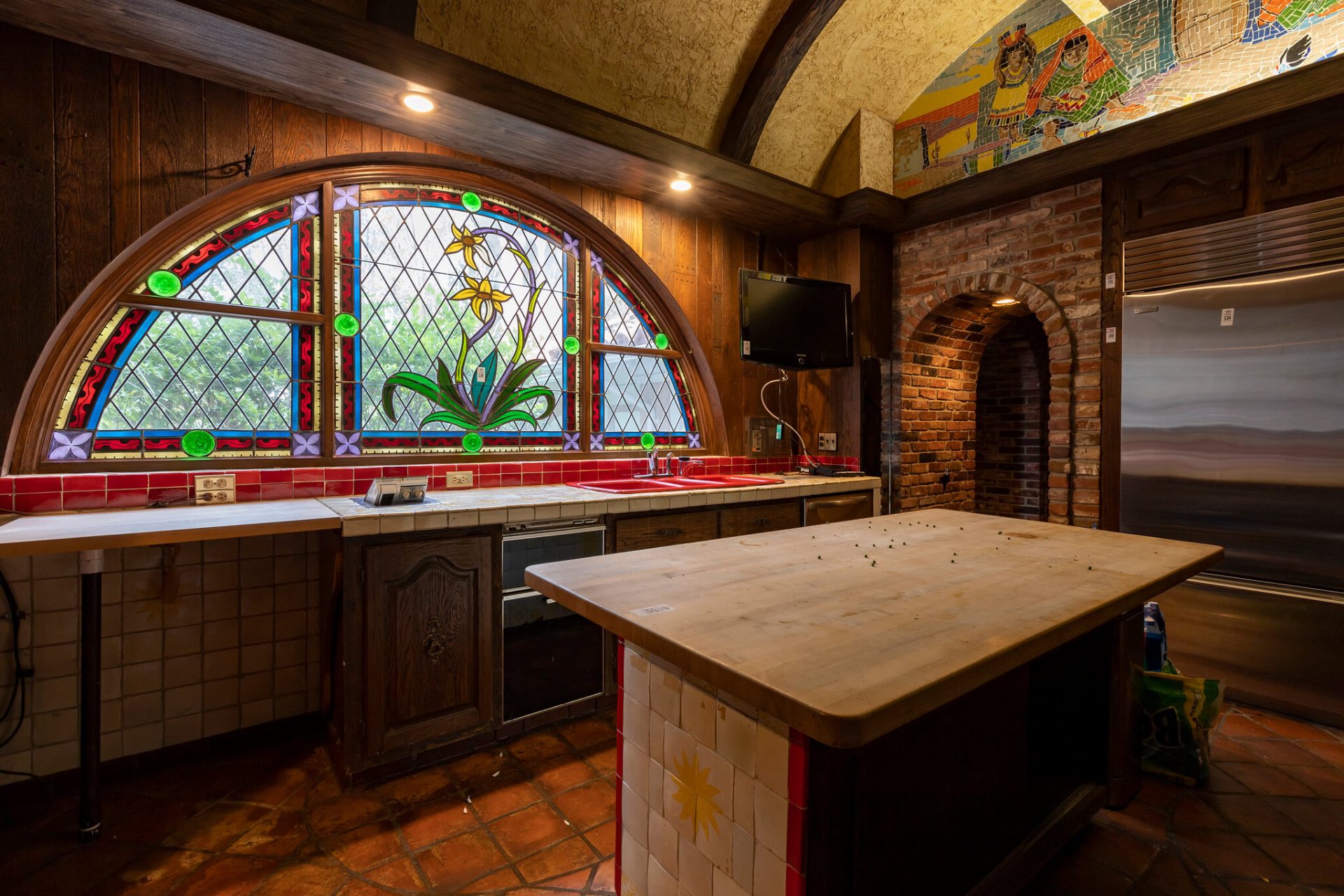

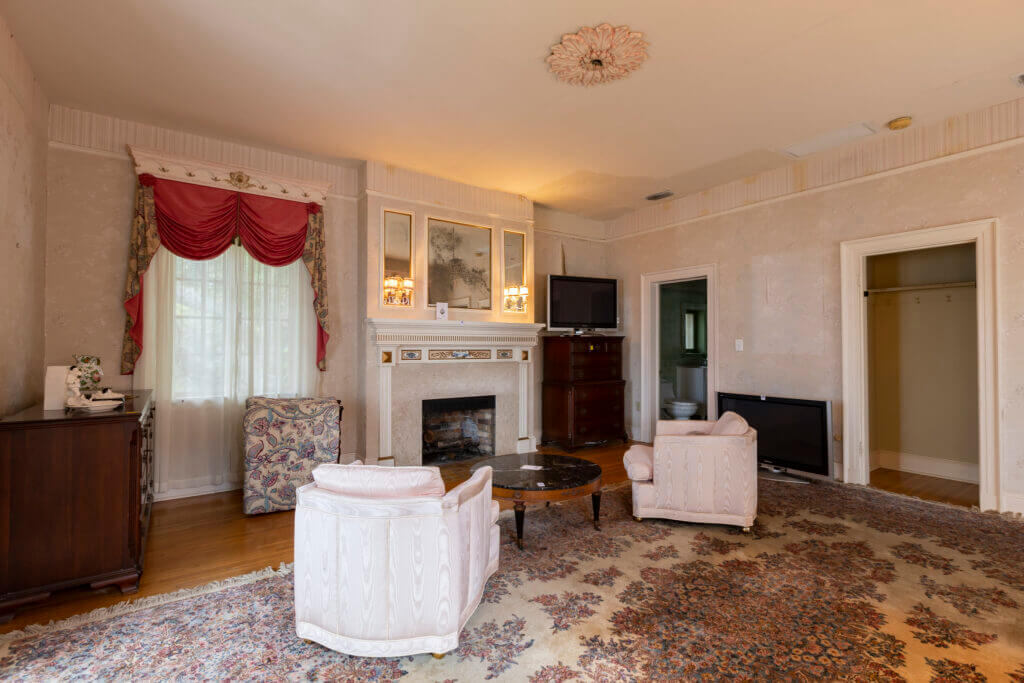






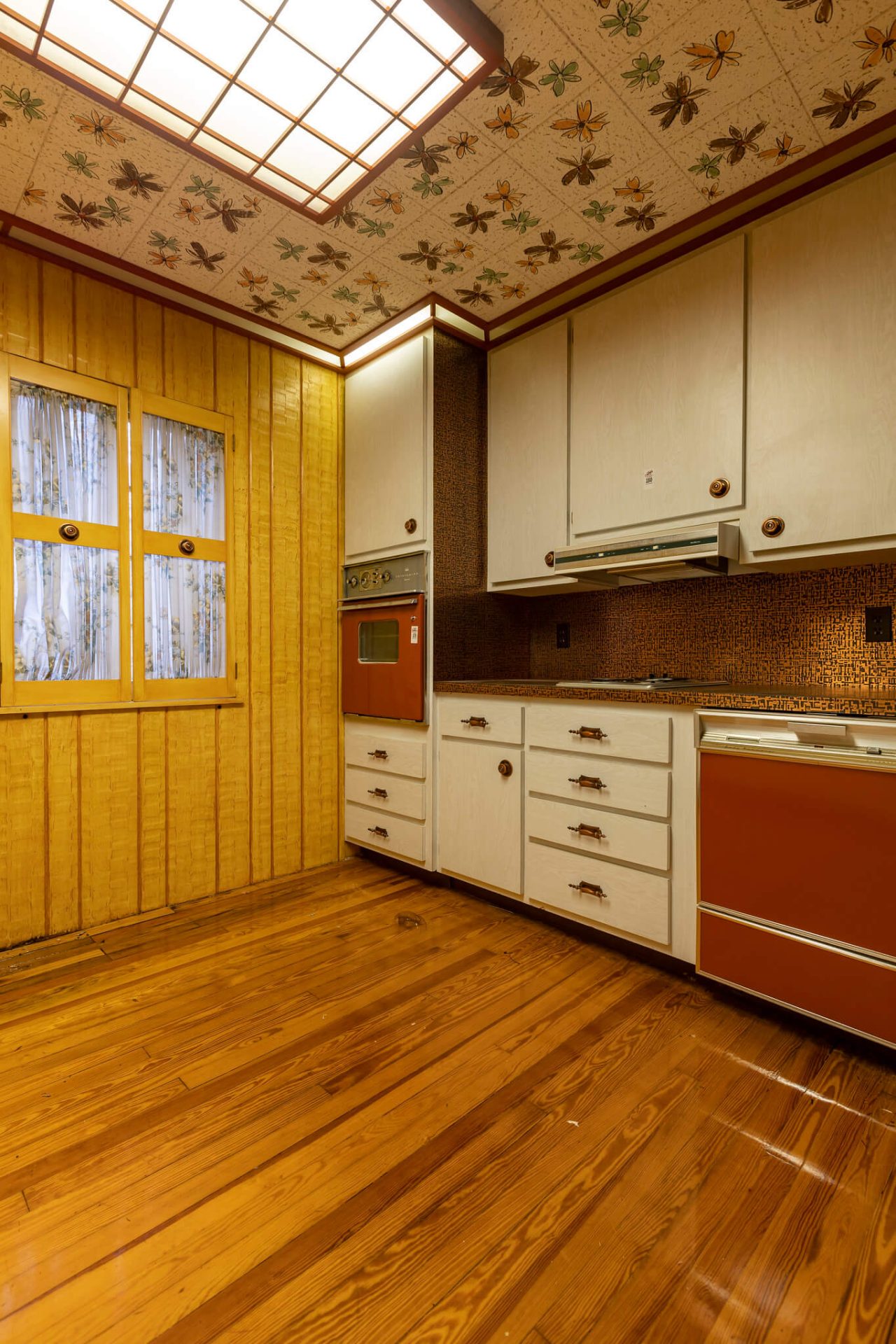
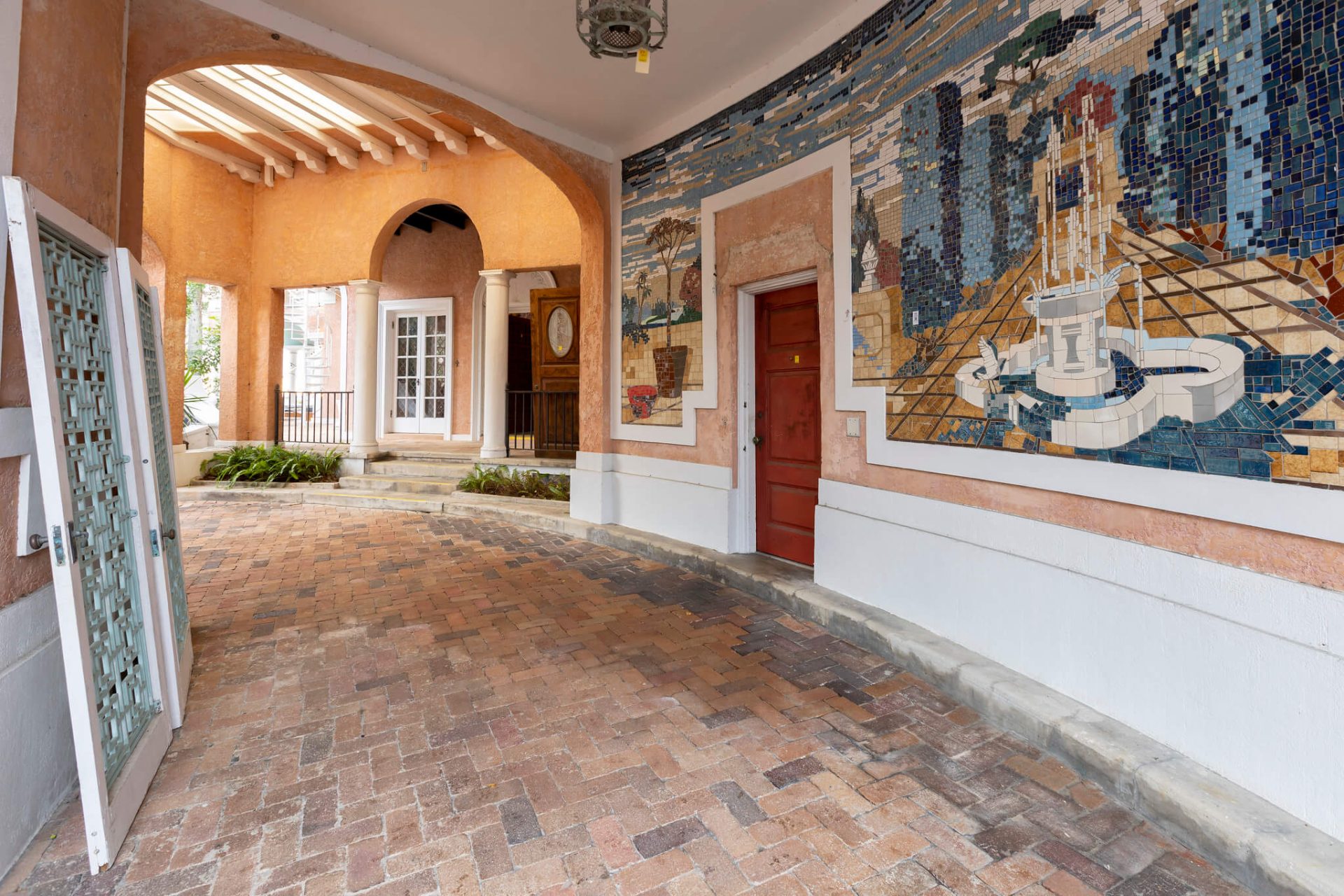
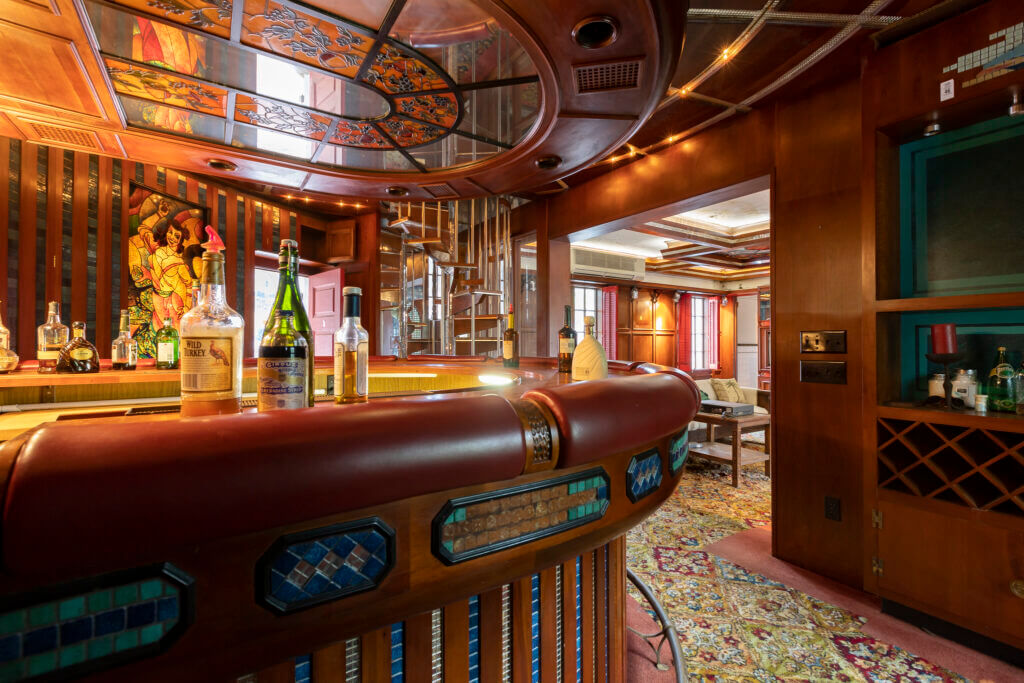
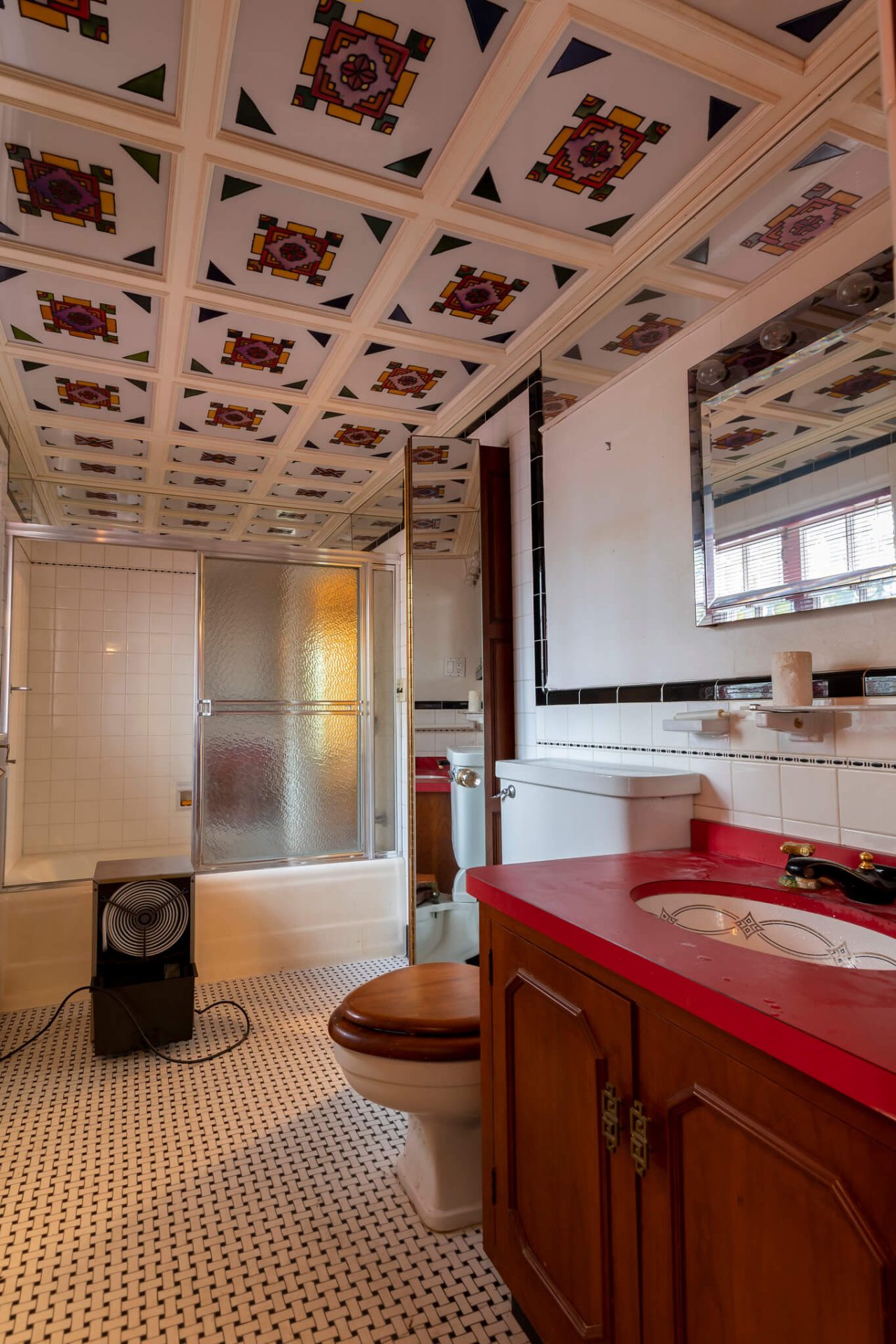
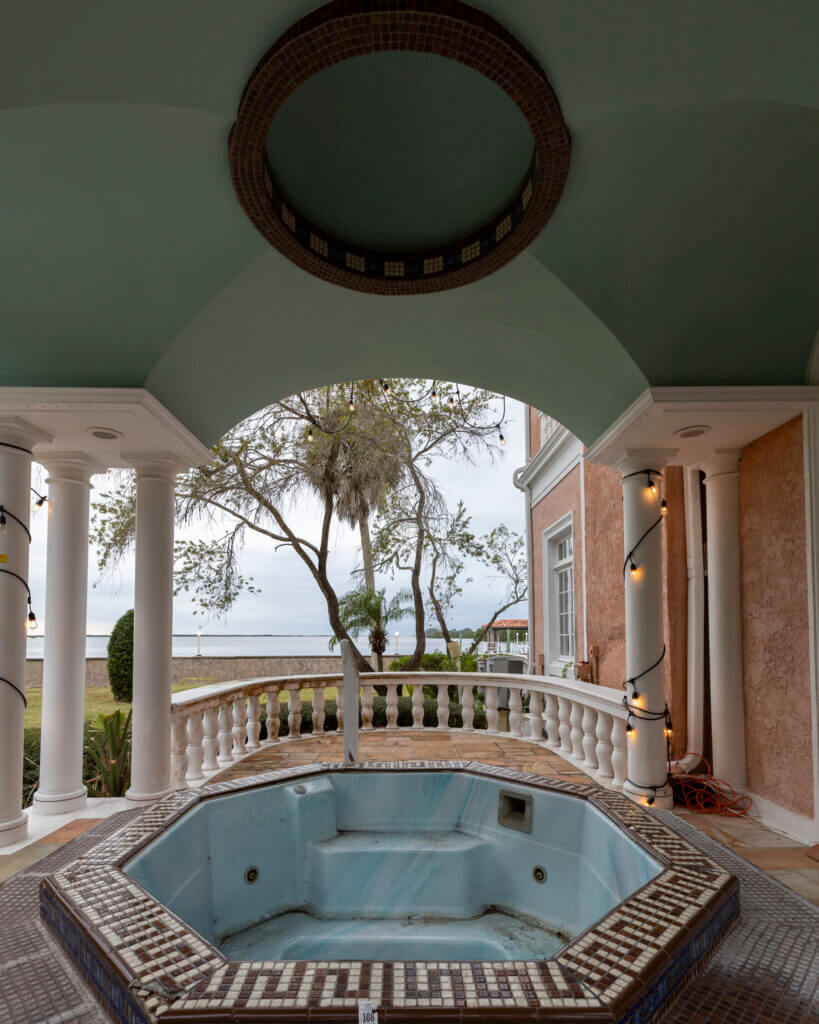
Source: https://numerologybox.com
Category: Abandoned Place
